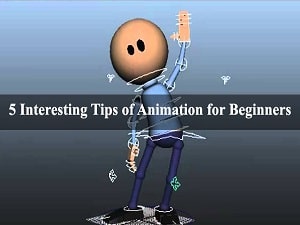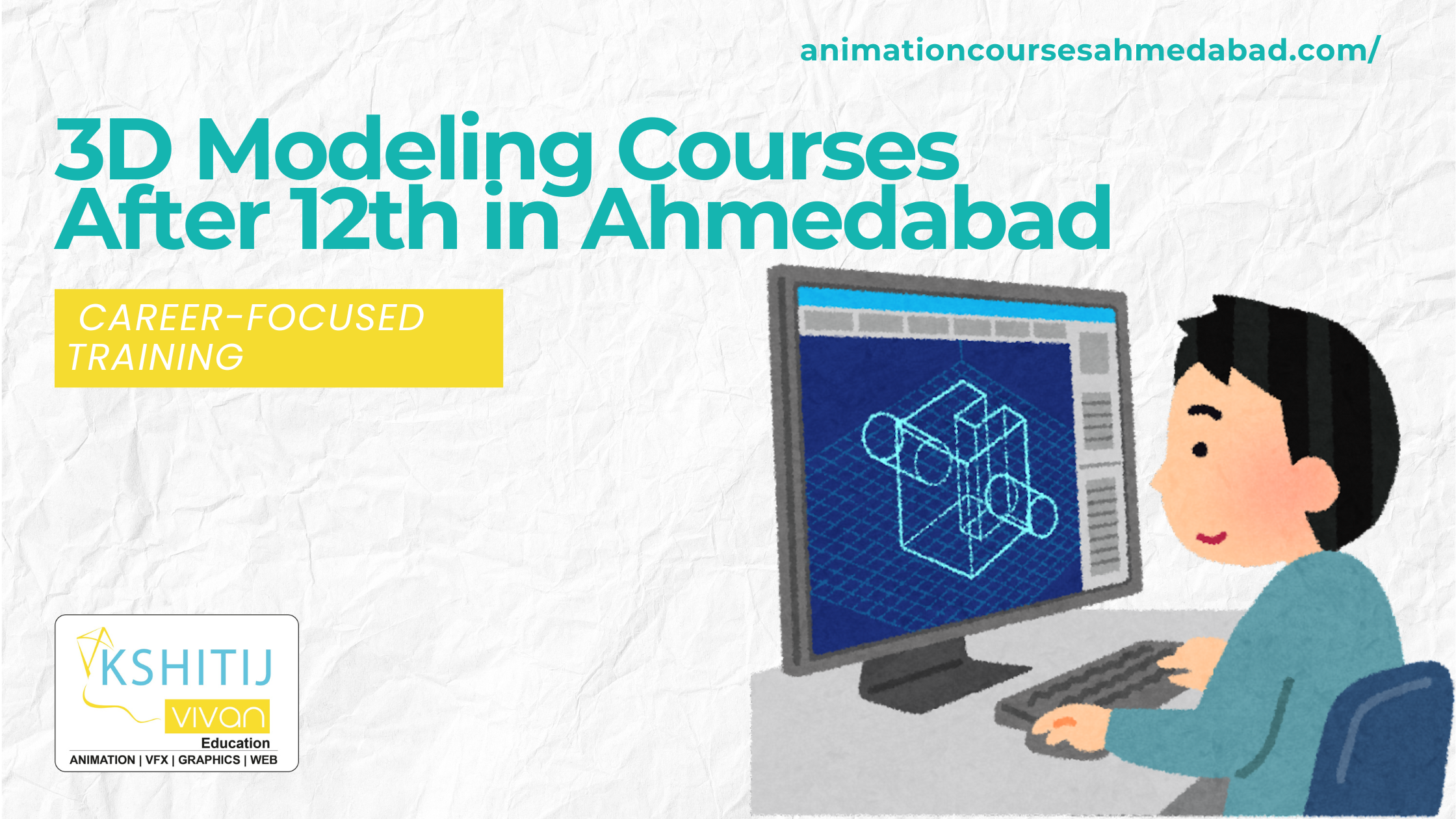
Animation for Beginners
5 Interesting Tips of Animation for Beginners
The world of animation is an imagination playground. If you conceive your mind, you can bring it to life through animation. It is easy for an animator to create the flying superheroes in live acting. But it is not easy as it sounds. So here are five tips for those entering the interesting field of animation for beginners.
1. Simple Animation Movement
Creating animated characters that defy the laws of gravity and physics. And there is lots of technology to assist in the process. But the artistic skill still drives it all. But your creative skill still drives it all. First, you must develop the basic skills and hone them to perfection. The animation for beginners begins with drawing using paper and pencil. Your goal is to create natural movement. So start with some simple like animating a bouncing ball. Creating that movement includes a technique called squash and stretch (12 Principle of Animation).
is how you create the illusion of weight, volume and gravity as ball moves. In this exercise, you will gain the basic elements contained in the more complex movements of characters with body weight that fly or Walk.
2. Observation in Animation
Creating the natural movement often include the small things. Like the smirk with a smile, the crook of a finger or a raised eyebrow. So start paying attention. Search on the internet for photos and videos to use as reference points. Watch how people move in real life as they interact with the other people or the environment. Facial expressions that communicate emotion, actions that express purpose and intention.
As you imprint these images in your mind, they become a mental library for creating a simple reality that so engages your audience they forget your animation it is not real after all.
3. Key Frame in Animation
When you boil it down all, the animation is one pose after another. Each and every drawing an individual frame in a strip of film that you combine to create storytelling. Your key frames represent the first and last movements in a particular action sequence. As an animator, you determine the first pose that starts with movement and the final pose that ends it.
Example: If the character jumps from a rooftop to the ground, you will start by illustrating the first pose of the leap to the final image of how the character lands. Does he/she land carefully on his/her feet or squash on the sidewalk? Those two visuals form the bookends that help to determine what happens visually in between. So you want them in bold and visually memorable.
4. Exaggeration in Animation
Exaggeration makes animation fun, exciting and combines emotion and drama. Because animated characters are not limited by laws of the universe. You can break them all, and your audience will buy it as long as those movements and actions have a sense of the natural realism.
It’s strong line of action and exaggeration that conveys the energy and feeling. How much exaggeration you use it depends on the particular style you want to achieve. Less exaggeration creates the realistic action, and greater exaggeration creates the more cartoonist action.
5. Timing and Frame Rates in Animation
You need to find the right balance to create that natural flow of movement you want to achieve. The nuts and bolts of that contained in the timing and frame rates.
Timing and spacing between frames are what creates the illusion of movement in animation. Timing includes the number of frames between poses. So if it takes the ball 24 frames to move from point A to point B, that’s the timing. Spacing involves how the frames are placed. In other words, how the ball is placed in those 24 frames. If the spacing is close together than ball moves slower. Further apart and the ball moves faster.
The tendency when you are starting out is to animate too fast or slow. It’s normal when you are starting out. Shortly you get the right balance with the experience.
Kshitij Vivaan offers career courses in Animation, VFX, graphics, web designing & gaming for students from different cities such as Patan. KSHITIJ VIVAN helps these students get the best job placements according to their skills and talents to get the best start to their Professional Careers. One of our Student (Chirayu Shah) creates this Blog.



